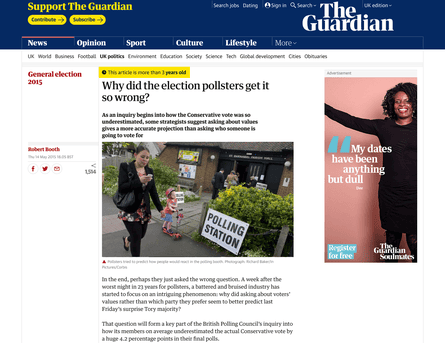The Buzz on News Articles
Rumored Buzz on News Articles
Table of ContentsAll About News ArticlesThe News Articles DiariesSome Known Details About News Articles Rumored Buzz on News ArticlesHow News Articles can Save You Time, Stress, and Money.
Great understanding of various subjects offers trainees an one-upmanship over their peers. Although digital and social media sites are readily accessible, we must not forget just how important it is to review the newspapers. Moms and dads should attempt and inculcate the habit of checking out a paper as a daily routine to proceed the tradition of the adored print tool.Newspaper article also consist of a minimum of one of the complying with essential attributes about the designated audience: distance, prestige, timeliness, human interest, oddity, or repercussion. The relevant term journalese is in some cases utilized, generally pejoratively, to refer to news-style writing. One more is headlinese. Papers generally stick to an expository writing style.
Within these limitations, news tales likewise intend to be extensive. Among the larger and much more recognized newspapers, fairness and balance is a significant factor in providing information.
Newspapers with an international target market, as an example, have a tendency to use an extra official style of writing. The specific selections made by an information outlet's editor or editorial board are typically collected in a design overview; common style overviews consist of the and the US Information Design Book. The major objectives of news writing can be summed up by the ABCs of journalism: precision, brevity, and clearness.
The Greatest Guide To News Articles
As a regulation, reporters will certainly not use a long word when a short one will do. News writers try to avoid using the exact same word a lot more than as soon as in a paragraph (occasionally called an "resemble" or "word mirror").
Headings occasionally omit the topic (e.g., "Leaps From Watercraft, Catches in Wheel") or verb (e.g., "Cat woman lucky"). A subhead (also subhed, sub-headline, subheading, caption, deck or dek) can be either a subordinate title under the major heading, or the heading of a subsection of the write-up. It is a heading that precedes the primary text, or a group of paragraphs of the major message.

Extra signboards of any of these types might show up later on in the post (particularly on subsequent web pages) to attract additional reading. Such signboards are also made use of as reminders to the write-up in various other sections of the magazine or site, or as promotions for the item in other magazine or sites. Normal structure with title, lead paragraph (recap in strong), various other paragraphs (details) and contact details.

Instance of a hard-lead paragraph NASA is suggesting one more room task. The company's budget plan request, introduced today, consisted of a strategy to send out one more objective to the Moon. This moment the firm really hopes to establish a long-term facility as a jumping-off point for other space journeys. The spending plan requests roughly $10 billion for the task.
The NASA news came as the company requested $10 billion of appropriations for the project. An "off-lead" is the 2nd crucial front web page news of the day. The off-lead appears either in the leading left corner, or directly below the lead on the. To "hide the lead" is to begin the article with history info or information of secondary importance to the viewers, requiring them to check out more deeply right into a post than they ought to need to in order to uncover the essential factors.
A Biased View of News Articles
Common usage is that a person or 2 sentences each develop their very own paragraph. Reporters typically explain the company or structure of moved here a newspaper article as an upside down pyramid. The important and most fascinating components of a tale are placed at the start, with sustaining information complying with in order of lessening importance.
It allows people to check out a subject to just the deepness that their inquisitiveness takes them, and without the charge of details or subtleties that they might take into consideration irrelevant, but still making that info offered to a lot more interested visitors. The upside down pyramid structure additionally makes it possible for articles to be cut to any kind of approximate length during layout, to fit in the space available.
Some authors start their tales with the "1-2-3 lead", yet there are lots of kinds of lead available. A twist can refer to several things: The last tale in the information broadcast; a "delighted" story to finish the program.
Longer write-ups, such as magazine cover posts and the pieces that lead the within areas of a paper, are known as. Feature tales differ from straight news in numerous means. Foremost is the absence of a straight-news lead, many of the time. As opposed to using the essence of a story in advance, feature authors may attempt to tempt visitors in.
Rumored Buzz on News Articles
A function's very first paragraphs frequently associate an intriguing moment or event, as in an "unscientific lead". From the details of a person or episode, its sight quickly broadens to generalizations about the story's subject.

The Editor's Toolbox: A Reference Overview for Beginners and Professionals (2001) Allan M. Siegal and William G. Connolly. The New York Times Guidebook of Style and Usage: The Authorities Style Guide Made Use Of by the Writers and Editors of the World's Many Reliable Newspaper (2002) M. L. Stein, Susan Paterno, and R.